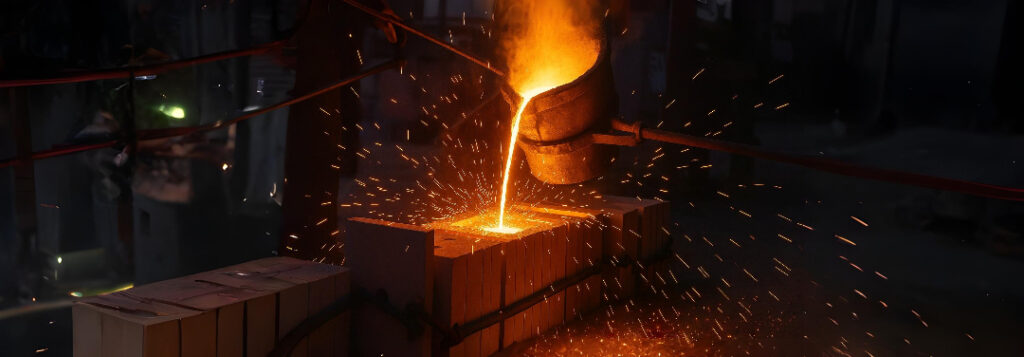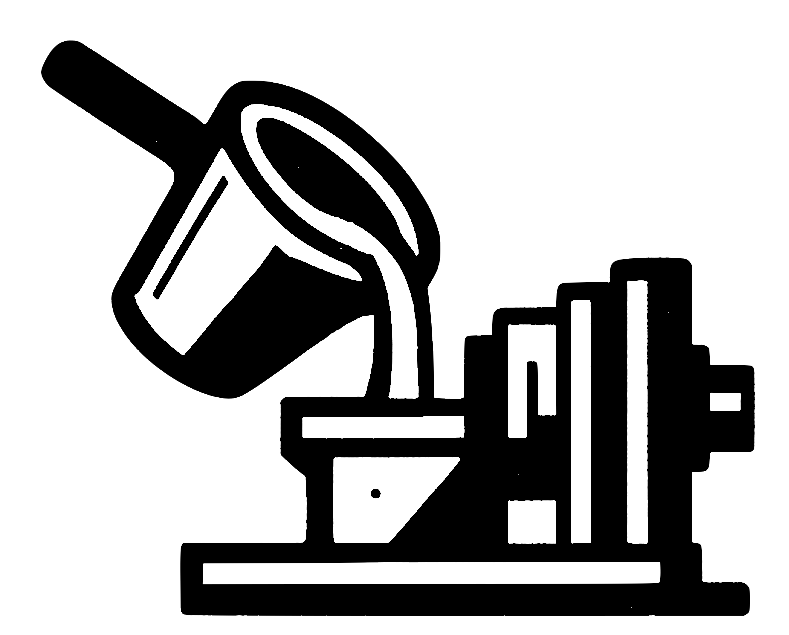
Bifilm Defects Hidden Cracks Revealed
Introduction
Bifilm defects are the stealth cracks that rob die cast parts of strength, ductility, and fatigue life. They look harmless because they begin as films only 20 nm thick, yet they open later into millimetre‑scale fractures that testing often misses. Manufacturing engineers who understand this mechanism can cut scrap and unlock higher performance. This article explains what bifilms are, how they appear, why they transform during solidification, and—most importantly—how every foundry can block them.
Anatomy of a Bifilm Defect
A bifilm is a doubled‑over surface oxide enclosing a hair‑thin air pocket. Campbell notes that fresh aluminium films can be merely 20 nm thick, about ten molecules. On section, the gap resembles a canyon that refuses to bond. This un‑welded interface behaves like a pre‑planted crack. Recent microscopy confirms similar structures in AlSi10MgMn automotive castings, where unfolded bifilms limit Weibull tensile scatter to weak values. Because the oxide sides stay dry, the defect stays alive through machining, heat‑treatment, and use.
Birth of the Film – Surface Turbulence Rules
Bifilm defects form when two liquid fronts meet dry‑side to dry‑side. Surface turbulence driven by high Weber number flow folds the skin. “If the surface of the liquid suffers turbulence…the liquid is likely to enfold our familiar bifilm defects”. Experiments put the safe Weber limit near 2, equal to ~0.5 m s⁻¹ ingate speed for aluminium alloys. A 2024 Springer study of semi‑solid die casting showed quality drops once runners exceed this threshold, linking bifilm count and machine learning‑detected pressure spikes. Calm surfaces matter more than bulk laminarity; a slow meniscus can still fold if it contracts.
Furling and Unfurling – The Hidden Life Cycle
Right after entrainment, bulk turbulence crushes the planar crack into a ragged ball one‑tenth its size. That “furling” masks danger because the convoluted lump holds together. Once filling ends, the mold quiets. Hydrogen precipitation, interdendritic suction, or simple shrinkage pries the films apart. They unfurl fold by fold, regaining their original span—often up to 10 mm. The casting now contains a straight crack where sound metal seemed to be. In tensile tests the part fails prematurely, creating infamous scatter.
Old versus New Oxide Skins
Not all films start equal. “Old” skins on foundry returns are thicker, stiffer, and nearly buoyant. When submerged they travel as whole plates, creating slab‑sized bifilms that block feeding. Table 2.1 in the handbook lists thickness growing from 1 nm to 1 µm as exposure rises. Modern dry‑hearth shaft furnaces strip these coarse skins before melting, and industry uptake is accelerating thanks to energy‑saving incentives reported in 2025 die casting summits. Clean charge practice is therefore the cheapest defence.
Hydrogen, Shrinkage and Bubble Trails
Bifilms partner with gas. A bubble rising through melt drags a long, tubular double film behind it. Video radiography shows the trail “flash into view…expanding as a long crack” minutes after pouring. Hydrogen diffusion inflates micro‑pockets, widening the defect. Shrinkage suction acts similarly, opening a 15 mm crack from a compact seed. Engineers often mis‑label such features as shrinkage porosity, yet chemical vacuum tests reveal residual air rather than pure H₂. Recognising the signature thin cusp around pores is thus key to proper diagnosis.
Mitigation Strategies for Melt Cleanliness
Good news: bifilm defects are controllable. First, limit surface speed. Runner design that keeps ingate velocity below 0.5 m s⁻¹ cuts folding events. Second, skim charge: dry‑hearth or electromagnetic pumps leave heavy skins behind. Third, filter. Ceramic‑foam filters trap furled bifilm balls, hiking fatigue strength by 30 % in filtered Al‑7Si‑Mg bars. Fourth, degas. Rotary degassing strips dissolved hydrogen, robbing defects of their inflation fuel. Finally, apply pressure. Squeeze casting keeps films compressed so they cannot open, a concept proved by nickel superalloy turbine wheels in 2024 aerospace trials.
Conclusion
Bifilm defects sit at the root of most unexplained fractures in die castings. They start as folded oxides, furl under turbulence, then unfurl into cracks aided by hydrogen or shrinkage. Old charge skins, bubble trails and high surface velocity all worsen the problem. Yet practical steps—clean charge, calm filling, filtration, degassing and pressure solidification—can almost eliminate them. Adopt these measures and transform casting quality from uncertain to consistent.
